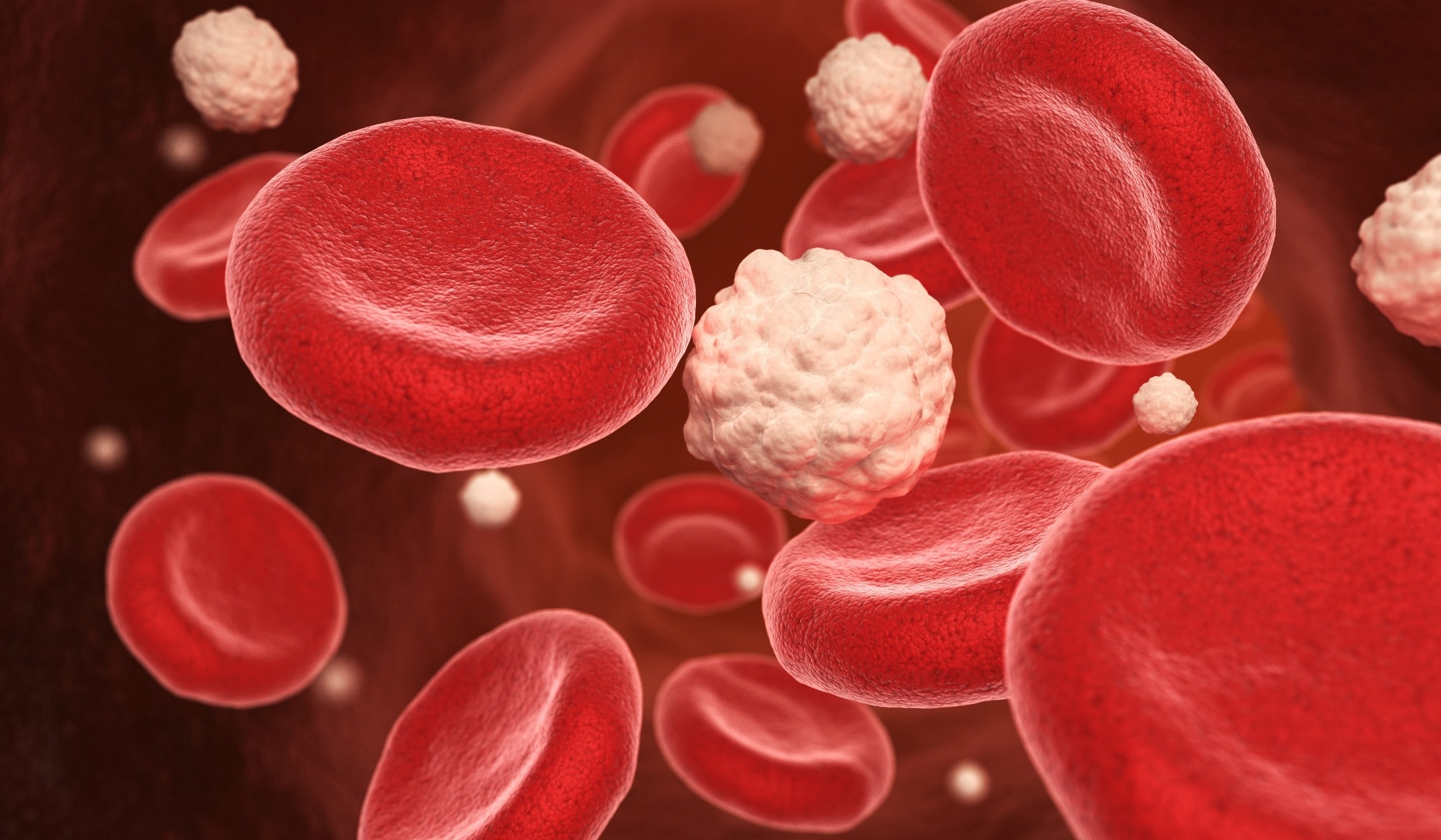They also demonstrated that PITPNA expression restoration in pancreatic islets isolated from the pancreas of deceased human donors with T2D repaired the insulin secretory potential of insulin granules, and their biogenesis, and attenuated ER stress.
 Study: Restoration of PITPNA in Type 2 diabetic human islets reverses pancreatic beta-cell dysfunction. Image Credit: Tatiana Shepeleva/Shutterstock.com
Study: Restoration of PITPNA in Type 2 diabetic human islets reverses pancreatic beta-cell dysfunction. Image Credit: Tatiana Shepeleva/Shutterstock.com
Background
PITPNA, a type of phosphatidylinositol transfer protein (PITP), is a metabolic sensor that regulates PtdIns-4-P signaling in the trans-Golgi network (TGN) of human pancreatic beta-cells. Even subtle defects in its functioning contribute instrumentally to diseases like T2D. It hampers the ability of pancreatic beta-cells of all mammals, including humans, to secrete insulin efficiently.
About the study
The researchers used Pitpna-floxed mice (VAB line), with LoxP sequences flanking exons 8 to 10 of the Pitpna allele for the murine experiments. They maintained test animals on a 12-hour light/dark cycle with ad libitum access to chow food.
To collect human islet cells, they used the cadaveric pancreas of de-identified donors with T2D who enrolled in the Integrated Islet Distribution Program (IIDP), adhering to all ethical regulations for research.
The team performed gene expression analysis in murine and human islet cells. Specifically, they performed quantitative real-time polymerase chain reaction (qRT-PCR) for miR-375, a micro-ribonucleic acid (mRNA) that regulates insulin secretion. It targets the expression of several genes, including the 3′ untranslated region (UTR) of the gene Pitpna.
Further, the team investigated how PITPNA regulated exocytosis and docking of insulin granules in dispersed human islet cells via total internal reflection (TIRF) microscopy. They used multiple other analytic procedures to examine PITPNA gene expression levels in murine and human pancreatic islets, e.g., liquid chromatography-tandem mass spectrometry (LC/MSMS) and Western blotting, to name a few. Likewise, they used enzyme-linked immunosorbent assay (ELISA) to measure insulin in plasma and pancreatic extracts.
Furthermore, the team re-analyzed single-cell RNA-sequencing datasets from Gene Expression Omnibus (GEO), accession numbers GSE50398 and GSE85241, both comprising expression analysis from human islet cells.
Results
Immunostaining of the human pancreas for PITPNA confirmed that it co-localized with markers of Golgi, ER, and intracellular vesicles in humans. Likewise, immunoblot analyses showed that inhibiting miR-375 surged steady-state Pitpna gene expression levels (reads per million). Also, the RNA-binding protein Argonaute2 (Ago2) mediated the direct binding of miR-375 with its target genes.
The LC/MSMS helped the researchers analyze the MIN6 murine insulinoma cell line lipidome. Its results confirmed that Pitpna functional status and PtdIns metabolism were interlinked in murine beta cells. Similarly, single-cell RNA-sequencing analyses of human-origin beta cells showed reduced PITPNA expression in beta-cells of T2D donors and not non-diabetic controls.
HbA1c is a well-recognized measure of long-term glycemia, and diabetics typically have HbA1c values >6.5. PITPNA gene expression was reduced in pancreatic islets of people with T2D and HbA1c values>6.5, suggesting an inverse correlation of PITPNA levels with HbA1c levels and BMI.
TIRF imaging results showed that exocytosis increased with PITPNA overexpression by 98% and decreased by PITPNA silencing by 47%, suggesting a positive correlation between PITPNA expression and exocytosis in human beta cells.
Also, PITPNA knockdown in human beta-islet cells markedly reduced insulin granule core density and the number of docked vesicles.
Conclusions
The study data established PITPNA as a key protein in T2D pathogenesis, a deficiency of which resulted in beta-cell failure and reduced insulin output that eventually led to T2D. Specifically, it regulated PtdIns-4-P signaling in the TGN of human pancreatic beta-cells. The study findings also highlighted that PITPNA deficiency reduced functional crosstalk between the miRNA and lipid signaling pathways playing a role in human T2D pathogenesis.
Single-cell and total RNA sequencing analysis showed dramatically reduced PITPNA expression in subjects with T2D. Also, islets of T2D subjects had an aberrant miR-375 expression. Yet, the researchers could not detect the mechanism(s) that reduced PITPNA expression during human T2D. Future studies should investigate whether alterations in Ago2 levels and other microRNA levels targeting this gene occur in beta-cells.
Furthermore, in this study, the researchers noted that Pitpna whole-body knockout mice had a defective proglucagon gene expression, so they could not produce sufficient glucose to sustain the central nervous system functioning and died. Thus, future studies should also investigate whether PITPNA facilitates vesicle formation and hormone release from other endocrine pancreatic cells, including alpha and delta cells.
Nonetheless, this study presented the intriguing concept that enhancing PITPNA expression in pancreatic beta islet cells of human subjects with T2D could help restore multiple defects contributing to beta-cell degeneration and revive physiologically significant activity in their pancreas.